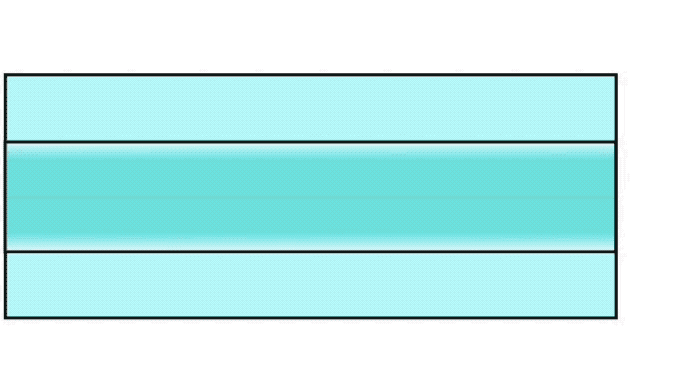Fiber
Optic MiniCourse - How Optical Fiber Works
Fiber
U MiniCourses are courses on a specific topic that you can
take in about an hour or less. They are based on questions
people ask FOA all the time, so the topics are recommended
by our readers.
Level: Basic
Intended For:
Anyone
interested in how optical fiber works to transmit light
and signals as pulses of light
Designers
of fiber optic communications networks
Users
of fiber optic communications networks
Contractors and techs who install, operate and maintain
them.
Objectives:
From this self-study program you should learn:
The
types of optical fiber (step index and graded index
multimode and singlemode)
How
fiber uses total internal reflection to contain light in
the core
How
and why light travels in the core of each type of fiber
- Prerequisites

When
you finish, you can take an online test on this course to
qualify for a "Fiber U Certificate of Completion." The
test cost for a Fiber U MiniCourse is $10US.
Introduction
Optical fiber is comprised of a
light-carrying core inside an other layer of material
called the cladding which traps the light in the core
using total internal reflection. Different types of fiber
(step index and graded index multimode and singlemode) have
different structures in the core and transmit the light
differently leading to different performance
specifications that determine their applications.
In this Fiber U MiniCourse, we will explain how the
different types of fiber work and transmit the modes
(rays) of light differently.
Assignments
For
this lesson plan you will be instructed to watch the
videos, read
the references
and take a quiz (Test Your Knowledge) to complete the
course.
Lesson
Plans
Watch
the videos, read the section in the FOA Guide and take
the quiz. For this course, we recommend watching the
videos first and then reading the FOA Guide page on
optical fiber. There is a short quiz you can use to
check your comprehension. The Certificate of Completion
test is based on those materials.
Video
How
Fiber Works
More on optical fiber: Optical
Fiber
FOA Guide
Optical
Fiber (First half of page only)
Test Your Comprehension
How
Fiber Works Quiz.

When
you finish all the assignments you can take an online test
on this course to qualify for a "Fiber U Certificate of
Completion." The test cost is $10US.
Go here to take the Fiber
U "How Fiber Works" Certificate of Completion Test.
Here
are detail directions if this is your first time
taking a Fiber
U Certificate of Completion exam.
This information is
provided by The Fiber Optic Association, Inc. as a
benefit to those interested in teaching, designing,
manufacturing, selling, installing or using fiber optic
communications systems or networks. It is intended to be
used as an overview and/or basic guidelines and in no
way should be considered to be complete or
comprehensive. These guidelines are strictly the opinion
of the FOA and the reader is expected to use them as a
basis for learning, as a reference and for creating
their own documentation, project specifications, etc.
Those working with fiber optics in the classroom,
laboratory or field should follow all safety rules
carefully. The FOA assumes no liability for the use of
any of this material.
|



